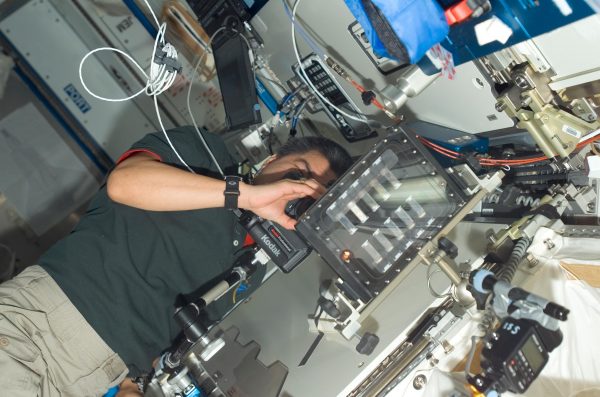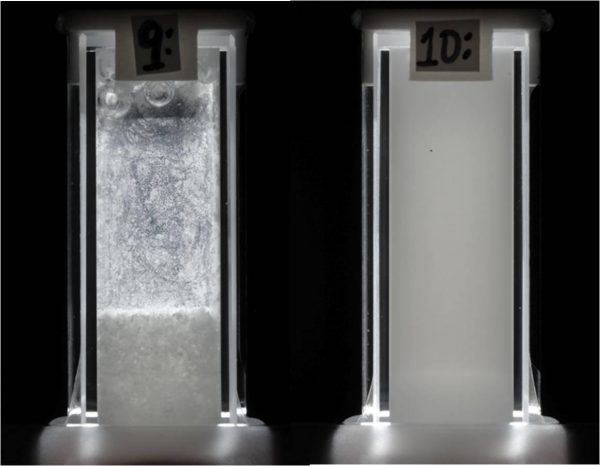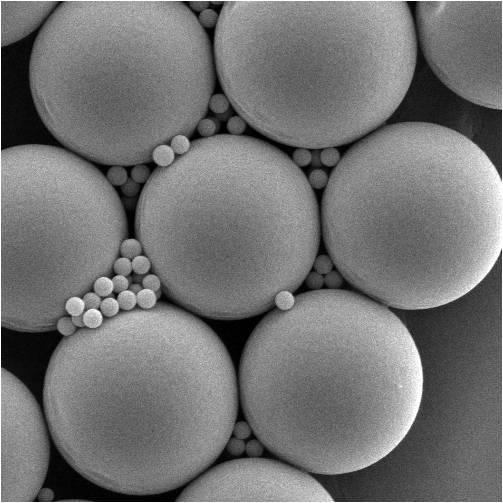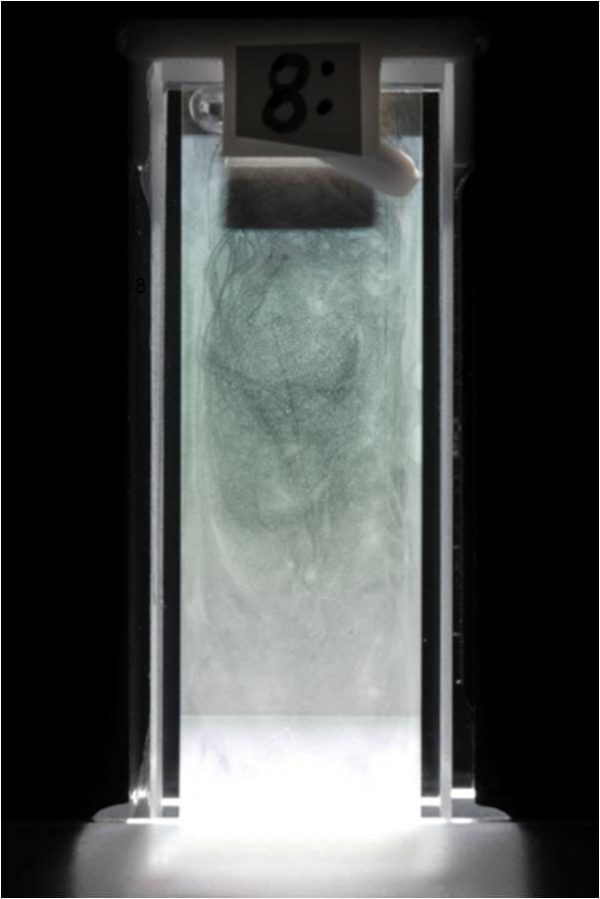Binary Colloidal Alloy Test-6
Binary Colloidal Alloy Test-6 (BCAT-6)
 The Binary Colloidal Alloy Test-6, Phase Separation (BCAT-6), Phase Separation) experiments examine conditions that result in colloidal crystallization, melting, self-organization, and phase separation of colloidal systems. The evolution toward equilibrium through time is captured on the International Space Station (ISS) or with the accurate measurement of time frames correlated to the pictures taken by a new kind of automated camera.
The Binary Colloidal Alloy Test-6, Phase Separation (BCAT-6), Phase Separation) experiments examine conditions that result in colloidal crystallization, melting, self-organization, and phase separation of colloidal systems. The evolution toward equilibrium through time is captured on the International Space Station (ISS) or with the accurate measurement of time frames correlated to the pictures taken by a new kind of automated camera.
Binary Colloidal Alloy Test – 6 – Phase Separation (BCAT-6, Phase Separation)

The Binary Colloidal Alloy Test-6, Phase Separation (BCAT-6, Phase Separation) experiments examine conditions that result in colloidal crystallization, melting, self-organization, and phase separation of colloidal systems. The evolution toward equilibrium through time is captured on the International Space Station (ISS) or with the accurate measurement of time frames correlated to the pictures taken by a new kind of automated camera.
There are three principle objectives associated with the phase separation studies in BCAT-6, Phase Separation. The first objective is to measure phase separation rates in microgravity in order to develop the underlying theory for predicting product shelf life. The second is to understand how to control the colloidal forces between particles to determine the physics underlying the phase separation process that forces the placement of additives in products to extend their shelf life. It is for this reason, among others, that finding the critical point is so important. The critical point is the point at which gas transitions into a liquid or supercritical fluid. A supercritical fluid has the properties of both a gas and a liquid. The final objective is to understand the fundamental properties of colloid-polymer mixtures to further improve the commercial utilization of these systems. The fundamental fluid physics research could provide the understanding needed to enable the development of better, less expensive, longer shelf-life household products, foods, and medicines. Stabilizers in these products are expensive, take up volume, and are needed to extend the life of products.
Binary Colloidal Alloy Test 6: Colloidal Disks (BCAT-6-Colloidal Disks)

The Binary Colloidal Alloy Test 6: Colloidal Disks (BCAT-6-Colloidal Disks) experiments use liquids containing microscopic suspended particles, known as colloids, as models for studying liquid crystals. The use of unevenly shaped particles clumped together into colloidal disks should produce a new phase, which has been predicted but never before seen. It is important to fully understand the properties of liquid crystals since they are widely used in televisions, computers, cell phones and much more.
Binary Colloid Alloy Test-6: Seeded Growth (BCAT-6-Seeded Growth)

The Binary Colloid Alloy Test-6: Seeded Growth (BCAT-6-Seeded Growth) builds on previous research looking at how dense groups of particles may be coaxed to form crystal structures when much larger “seed” particles are added. Some materials may consist of large individual crystals, or groups of many smaller crystals organized in a larger structure. Knowing when and how either type of crystal will form gives insight into how to control crystal growth which is important in many industrial processes.
Binary Colloidal Alloy Test 6: Polystyrene – Deoxyribonucleic Acid (BCAT-6-PS-DNA)

The Binary Colloidal Alloy Test 6: Polystyrene – Deoxyribonucleic Acid (BCAT-6-PS-DNA) uses DNA as a type of molecular glue to specifically stick small particles together. The experiment uses microscopic polymer beads in solution (colloids) that have been coated with DNA. The DNA only binds to its complement and hence keeps specific particles together to form designer crystals.
